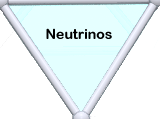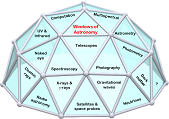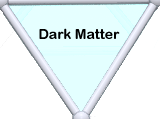Windows of Astronomy |
|
Gravitational waves Since the 1960s, astronomers have been trying to detect gravitational waves. The 1993 Nobel Prize was awarded to Hulse and Taylor for their detection and analysis in the 1970s of the signals from a pulsar orbiting another neutron star. The rate of change of the signals over a long period matched that expected if gravitational waves were given off as their binary orbits drew closer together. Not the detection of gravitational waves but strong evidence for their generation in expected circumstances. Confirmed detection did not come until 2015, some half century after the early attempts. The announcement was made in February 2016. It was one of the astronomical events of the decade. I remember where I was on my bicycle when our younger son phoned me to tell me the news. As I pen this introduction, four gravitational wave events have been detected by the LIGO observatories and the instigators of LIGO have been awarded the Nobel Prize in Physics for 2017. The first four gravitational waves observed came from violent events, the merger of black holes. The signatures of the waves allowed details of the mergers to be deduced, such as the masses involved, their distance (over a billion light years for all four events) and information about the spin of the merging objects and the energy transformed into gravitational waves. The next wave detected, on August 2017, was from merging neutron stars of a few solar masses, a 'mere' 130 million light years away. This event was pinpointed sufficiently accurately in the sky that it could definitely be linked to an accompanying gamma ray burst. That associated one of these previously mysterious bursts to a definite, well characterised event, thanks to the gravitational wave. Gravitational waves themselves are absolutely miniscule by the time they reach the Earth, making detection a tour-de-force. Other detectors of adequate sensitivity are coming on line and the 2015 event is indeed likely to be the first event seen through a new window on the universe, revealing that events of extreme violence occur comparatively frequently somewhere in the observable universe.
|
LIGO Livingston, half of the LIGO gravitational wave observatories. Courtesy LIGO Caltec |



